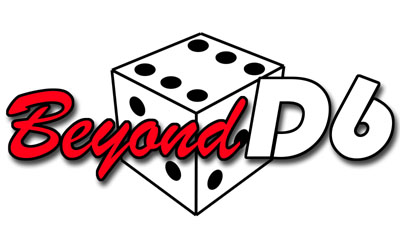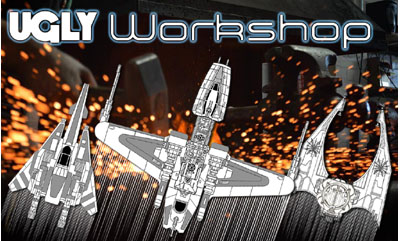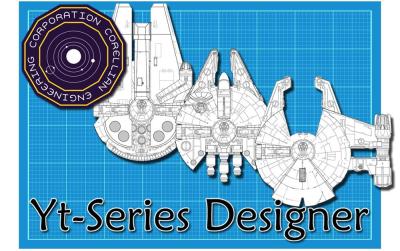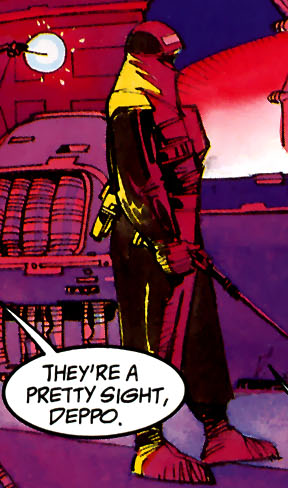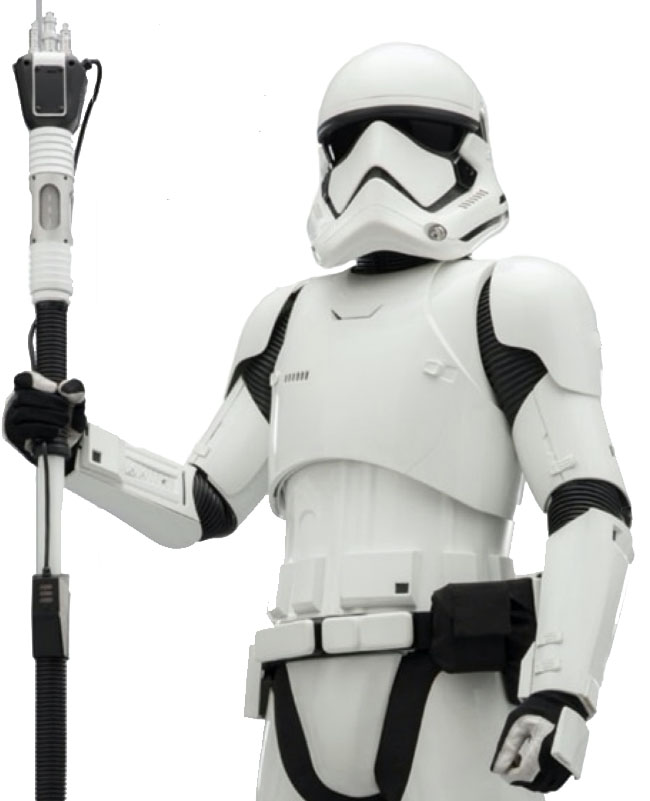| Site Stats: |
|
9975 Stats in 31 Categories |
| Search Stats: | |
|
| Latest Youtube Video: |
| Social Media: |
| Other Pages within RPGGamer.org: | |||

Adventure Design in Tabletop RPGs: A Comprehensive Guide to Creating Memorable and Exciting Campaigns
Tabletop role-playing games (RPGs) have always been a beloved pastime for people of all ages. The chance to create and explore worlds of magic and wonder, to delve into epic battles, and to take on the role of heroes and villains alike has long captured the imaginations of countless players.
But what makes a tabletop RPG truly great? What sets it apart from the rest and keeps players coming back for more? The answer lies in the adventure design. A well-crafted adventure can make all the difference, taking players on a journey that is both exciting and memorable. In this guide, we'll explore the key components of adventure design and provide tips and tricks for creating campaigns that will keep players on the edge of their seats.
- Understanding the Basics of Adventure Design
Adventure design involves crafting a story that players will experience through their characters. It includes everything from creating interesting NPCs (non-player characters) and locations to designing challenging encounters and puzzles. To begin designing your adventure, start with the basics: a clear and compelling story, a cast of memorable characters, and an immersive world to explore.
- Developing Your Storyline
The story is the backbone of any adventure, and it's what will keep players engaged from start to finish. When creating your storyline, consider the following:
- Start with a clear and concise premise: What is the main goal of the adventure? What are the players trying to achieve?
- Develop a compelling plot: What twists and turns will keep players engaged? What challenges will they face along the way?
- Create memorable characters: NPCs can make or break an adventure. Make sure they have unique personalities and motivations that players will care about.
- Building Your World
The world in which your adventure takes place should be immersive and believable. When designing your world, consider the following:
- Establish a clear setting: What kind of world is it? What are the major features of the landscape, and what kind of cultures exist within it?
- Create interesting locations: Dungeons and ruins are staples of tabletop RPGs, but don't be afraid to add your own twist. Consider adding unique landmarks, such as floating cities or underwater temples.
- Flesh out your world with details: What kind of creatures exist in the world? What kind of magic or technology is available to the players?
- Crafting Challenging Encounters
Encounters are the bread and butter of tabletop RPGs, and a well-crafted encounter can make or break an adventure. When designing encounters, consider the following:
- Establish clear goals for the encounter: What do the players need to achieve to succeed? What challenges will they face along the way?
- Create interesting opponents: Monsters and villains should be more than just bags of hit points. Give them unique abilities and motivations that players will remember.
- Use terrain and environmental factors to your advantage: A cleverly placed trap or a raging river can add an extra layer of challenge to an encounter.
- Designing Puzzles and Challenges
Puzzles and challenges can add a unique twist to any adventure. When designing puzzles, consider the following:
- Make them challenging, but not impossible: Players should feel accomplished when they solve a puzzle, but not frustrated.
- Tie puzzles to the story: Puzzles should feel like a natural part of the adventure, not a contrived obstacle.
- Use the environment to your advantage: Puzzles can be based on the layout of a location or the use of certain items.
- Incorporating Player Choice
One of the greatest aspects of tabletop RPGs is the ability for players to make their own choices and influence the story. When designing your adventure, consider the following:
- Allow for multiple paths: Players should have the freedom to approach challenges in different ways. For example, a locked door can be picked, bashed down, or magically opened.
- Let player decisions have consequences: Choices should have a real impact on the story, whether that's positive or negative.
- Avoid railroading: Don't force players down a single path. Allow for flexibility and improvisation.
- Balancing Challenge and Reward
A well-balanced adventure will provide players with challenges that feel achievable and rewards that feel earned. When designing your adventure, consider the following:
- Use a difficulty curve: Start with easier challenges and gradually increase the difficulty as players progress.
- Make rewards meaningful: Players should feel like their hard work is being rewarded. Rewards can be in the form of treasure, experience points, or even unique items or abilities.
- Avoid excessive punishment: Failure should have consequences, but don't punish players too harshly for mistakes.
Conclusion:
Creating an unforgettable tabletop RPG adventure takes time, effort, and attention to detail. By following the tips and tricks outlined in this guide, you can design a campaign that will keep players engaged and excited from start to finish. Remember to focus on a clear and compelling story, memorable characters and locations, challenging encounters, and meaningful rewards. With a little creativity and imagination, you can create a world that will keep players coming back for more.
Comments made about this Article!
There are currently no comments for this article, be the first to post in the form below
| Add your comment here! | |
Page designed in Notepad, Logo`s done in Personal Paint on the Commodore Amiga
All text, HTML and logos done by FreddyB
Images stolen from an unknown website at some remote time in the past.
Any complaints, writs for copyright abuse, etc should be addressed to the Webmaster FreddyB.



